blog
History of the Harvest Table
Rustic decor is more popular than ever. It’s a timeless look, bringing comfort and coziness to any room. One feature of this rural mode of chic is the harvest table. Like any enduring piece of furniture, the harvest table has a history behind it – and it may be older than the United States!
What Is A Harvest Table?
 A harvest table is a narrow, long table with hinged drop leaves. The design style has changed over the years, but the surface is generally at least 6 feet long (though it can be longer). The design allows it to fit great feasts full of fall-time fruits and vegetables, bread, meat, cheeses, preserves, and anything else you and your guests could enjoy.
A harvest table is a narrow, long table with hinged drop leaves. The design style has changed over the years, but the surface is generally at least 6 feet long (though it can be longer). The design allows it to fit great feasts full of fall-time fruits and vegetables, bread, meat, cheeses, preserves, and anything else you and your guests could enjoy.
Harvest tables are ideal for large dining rooms and often act as the focal point of the room. They are rustic in appearance, but the colour, legs, and look of a harvest table can reflect the overall style of your dining room (especially if you’re having it custom-made by the Rustix team!). Otherwise, they are big, sturdy, and perfect for any function – even if you don’t have to jar, pickle, or prepare the fruits of your harvest!
If the phrase “harvest table” calls to mind large cornucopias (those horn-shaped baskets that sit at the center of the table) filled with seasonal fruits and veggies, a table packed with comforting cooking, and a large gathering of people – i.e. Thanksgiving – there’s a reason for it!
The History Of The Harvest Table
 The harvest table as we have it today is not quite the same. It was a part of popular depictions of the traditional feasts held by the Pilgrims who arrived at Wampanoag land (in what is now the United States). In the fall of 1621, the Pilgrims famously shared a harvest feast with the Wampanoag people, who taught them how to hunt, farm the land, and survive in their new surroundings.
The harvest table as we have it today is not quite the same. It was a part of popular depictions of the traditional feasts held by the Pilgrims who arrived at Wampanoag land (in what is now the United States). In the fall of 1621, the Pilgrims famously shared a harvest feast with the Wampanoag people, who taught them how to hunt, farm the land, and survive in their new surroundings.
The meal is now considered the basis for the first Thanksgiving holiday, which made its way to Canada when Loyalists arrived after the American Revolution. Now, though we celebrate a month-and-a-half earlier, many Thanksgiving traditions in our neck of the woods also rely on the harvest table to fit family, friends, and good food.
As the story became immortalized in literature, paintings, and TV, the image of the long table around which Pilgrims and Wampanoag came to represent the food and good spirit of the season (and maybe mask a more insidious colonial history, but that’s for another day!). Harvest tables became a mainstay of country life, welcoming all who helped gather the food for a meal.
For this reason, the term “harvest table” can refer not to the furniture itself but the items on the table. They became features of 19th-century cellars, providing an excellent surface for sorting produce. Once built by farmers for their own homes using the wood available to them, people of all backgrounds depend on harvest tables for their sturdy construction and the space they provide for entertaining!

